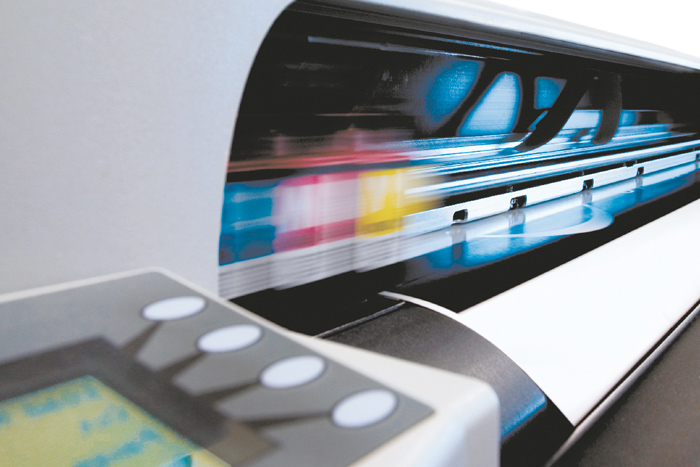All organisations have printing requirements, whether it’s day-to-day documents and reports, correspondence to be sent out or materials for sales promotion. Some of this will be printed in-house, and some may be sent out to copy shops, but however it’s done it represents a cost on the business. Some estimates say that printing can account for as much as 15 per cent of business expenditure.
In a time when all businesses are under pressure to keep costs under control, printing can be overlooked. But there is the potential to make considerable savings by streamlining your operation.
While there are visible up-front costs such as the printer hardware, paper and consumables, some of the cost of printing is invisible. This includes things like power consumption, support issues and the allocation of printing resources across departments. There’s an environmental impact too due to the amount of power and resources consumed.
Managed Printing
One of the things you can do to bring your printing costs under control is to turn to managed print services. These help deliver visibility into and control over business printing. As a first step, you need to conduct an audit of your printing requirements. Many printing services providers will work with you to do this.
The audit will help you see how your printing budget is being spent and where. Armed with that information, you can start to understand your printing habits and look at the best way to meet your needs.

But there’s more to the process than just the printing itself. Switching to a managed process can help you improve your document workflows, and this in turn can deliver greater productivity.
Choosing the Right Solution
A managed solution will help you to rationalise the number of printers you have. Instead of many small, low-volume, high-maintenance machines, you can use a smaller number of high-capacity printers. This allows you to have printers which produce a better output more reliably and control your consumable costs.
As well as this, it gives you better visibility into your printing use after the system is installed. You can get accurate reports to see which departments and users are printing the most, and this in turn lets you allocate costs to the right places. You can also spot the areas where extra capacity may be needed and those where the service may be under-utilised.
You can make savings in staff time too, as a managed print solution helps to free up people. This applies to your IT staff, who will spend less time on support, but also general office staff, who will benefit from a more reliable printing operation.

If you need to print sensitive documents, a managed solution can help to deliver greater security. This in turn helps you comply with regulatory requirements.
Part of choosing a solution is choosing a supplier, and it’s important to find someone who understands the needs of your business and will work with you to deliver an effective solution at the right price. You need a supplier that can help you smoothly implement the change to a new system and iron out any teething troubles quickly. Because business doesn’t stand still, you also need to ensure that you get a solution that is able to accommodate the needs of your business as it grows.







